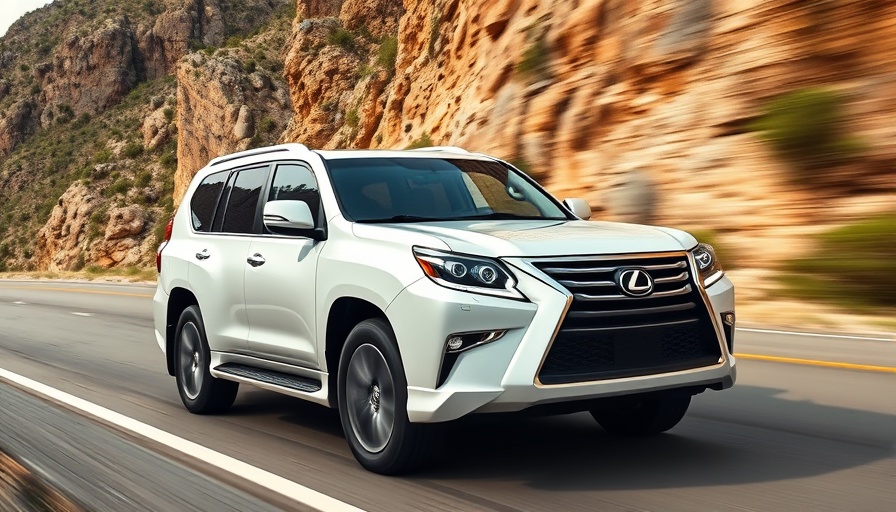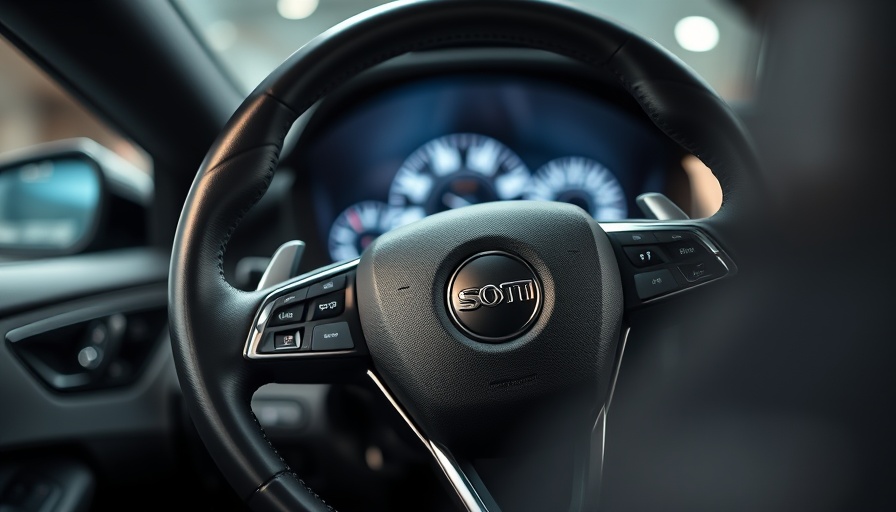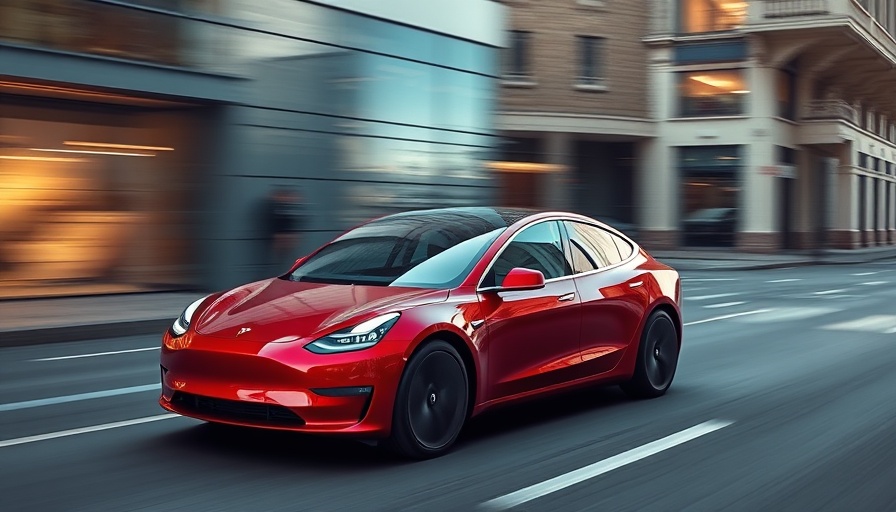
Unraveling the Legacy of BMW's 'The Hire'
In the early 2000s, the automotive landscape was undergoing significant shifts. Enter BMW’s audacious marketing campaign known as The Hire, a groundbreaking step away from traditional car advertising that reshaped how car manufacturers communicate with their audiences. Released when most companies relied on glossy print advertisements and 30-second TV spots, this innovative series of short films has often been credited as the blueprint for contemporary automotive storytelling.
BMW's Bold Approach to Marketing
Faced with a lull in product releases in 2001, BMW's marketing team, under the leadership of Jim McDowell, made the decision to venture into uncharted territories. Rather than focus on individual vehicle features, BMW sought to build a compelling narrative around the brand itself. The Hire was born out of this necessity, designed to make the vehicle part of a larger cinematic experience rather than just a sales tool.
What's Behind the Camera
Featuring the enigmatic Clive Owen as “The Driver,” the series comprised eight short films that showcased a range of BMW models, including the E38 740i and E39 M5. Each episode, directed by notable filmmakers like David Fincher and Ang Lee, creatively integrated BMWs into various action-packed narratives, making them characters in their own right, engaging the audience’s emotions and imagination. This approach resonated particularly well during an era when consumers were becoming increasingly digital-savvy, and the hunger for cinematic storytelling was higher than ever.
The Distribution Revolution
What truly set The Hire apart was its distribution strategy. BMW and advertising agency Fallon invested in developing their own video platform long before YouTube revolutionized online video sharing. Despite challenges like slow dial-up internet speeds, the films sparked immense word-of-mouth buzz, showcasing the power of innovative marketing in an era ripe for digital disruption. They turned viewers not into passive consumers, but into enthusiasts eager to share and discuss the cinematic quality of the advertisement.
The Numbers Speak
The campaign's impact was measurable. Sales figures reflected its success, with BMW North America reporting a 9% increase in vehicle sales in 2001 alone. The statistical rise wasn’t just about transactions, but about attracting a demographic that valued authenticity and storytelling, thus successfully positioning BMW as not just a carmaker, but a cultural icon.
The Competition Attempts to Catch Up
The success of The Hire prompted other automotive brands, including Nissan and Mercedes-Benz, to follow suit with their own branded content initiatives. However, none could quite capture the same blend of style, innovation, and impact that BMW achieved, highlighting how adequately The Hire met the cultural moment of its release.
A Cultural Touchstone With Lasting Effects
The influence of The Hire can still be felt today. It paved the way for brands to explore storytelling as a primary avenue for engagement, leading to the emergence of series, documentaries, and creative marketing efforts within the automotive genre. The series transformed BMW into a synonym for aspirational driving experiences, connecting deeply with audiences who increasingly sought narratives over mere product showcases.
The Future of Automotive Storytelling
As we look ahead, The Hire serves as a powerful reminder of how effective storytelling can redefine a brand's identity. With rapid developments in technology—AR and VR-equipped showrooms, hyper-targeted social media ads—car manufacturers have limitless opportunities to innovate and captivate. The question now is: who will rise to the challenge of storytelling for a modern audience, learning from the legacy that BMW began?
The key takeaway from BMW's The Hire is that the world of automotive marketing is not solely about selling vehicles—it’s about creating a deep connection through engaging narratives. This insight can guide future marketing strategies across the broader automotive industry, allowing brands to craft compelling stories that resonate with new generations of drivers.
Call to Action: Engage in the conversation around modern automotive storytelling. How do you think brands can harness narrative to connect with audiences today? Share your thoughts and ideas! Add Row
Add Row  Add
Add 




Write A Comment